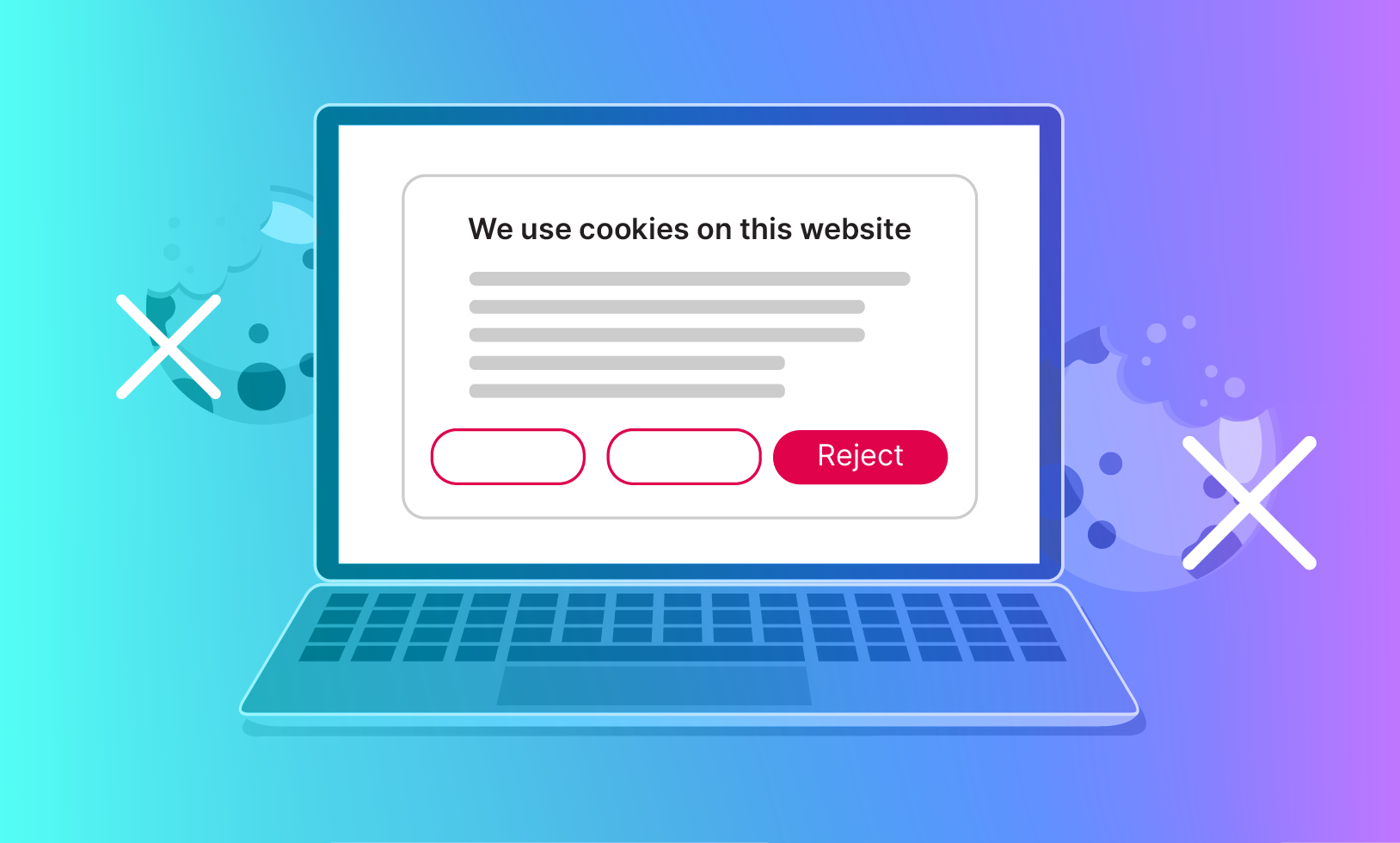What is Consentless Traffic? Strategies for Non-Consented, Cookieless Monetization

In the evolving landscape of digital advertising, understanding consentless traffic is becoming increasingly vital for publishers. As privacy regulations tighten worldwide, the dynamics of online engagement are changing, impacting publishers’ business models. Here’s a deep dive into what consentless traffic is, and how publishers can effectively monetize it, track it, and reduce its share.
Summary
- What is Consentless Traffic?
- Monetizing Consentless Traffic
- How to decrease the share of consentless traffic?
- How to track consentless traffic?
- Conclusion
What is Consentless Traffic?
Consentless traffic, also known as non-consented or cookieless traffic, means visits to your website by users who have consciously/purposefully chosen not to consent to the storage of cookies and personalized advertising. This trend is on the rise, particularly as privacy regulations, such as the GDPR, evolve. Recent interpretations by data protection authorities have emphasized the necessity for a clear “Reject all” button on consent dialogs. This has led to a significant shift in user behavior, with rejection rates jumping from a previous range of 5-10% to an elevated 25-40%. This increase poses substantial challenges for publishers who depend on ad revenue.
Monetizing Consentless Traffic
Monetizing consentless traffic is crucial for publishers aiming to maximize their website’s revenue potential. Google’s response to this challenge is the introduction of its Limited Ads feature. Starting from Q1 2024, this feature allows for programmatic advertising targeted at users who have not given consent for cookie usage. While Limited Ads do not use cookies for ad personalization, they still employ cookies and local storage for purposes like detecting invalid traffic.
To take advantage of Limited Ads, publishers must ensure their Consent Management Platform (CMP) is configured with the appropriate settings for legitimate interest, allowing these types of ads to be served. For more detailed insights on leveraging Limited Ads and optimizing your consentless traffic monetization strategy, refer to our blog post on Limited Ads.
Header Bidding can also be configured for monetizing consentless traffic. By integrating the Prebid Consent Management module, publishers can ensure that bids are non-personalized and only sent to bidders who support advertising without consent, thus opening new revenue streams without infringing on user privacy.
How to decrease the share of consentless traffic?
Non-consented traffic often yields lower revenue compared to consented traffic. Optimizing consent rates is therefore crucial for publishers aiming to increase their earnings.
- Firstly, employing an IAB and Google-certified Consent Management Platform (CMP) is fundamental. Such platforms adhere to regulatory guidelines and incorporate user experience best practices, ensuring that users are more likely to provide their consent. For insights on selecting the right CMP, check out our blog post.
- Implementing a Cookie Paywall or “Consent or Pay” model can also effectively increase consent rates. This approach offers users a clear choice: consent to personalised advertising or opt for a small subscription fee. Such models have been shown to not only enhance consent rates but also open up new revenue streams through subscriptions in a compliant way. For more information on how to implement this model and its benefits, our blog provides comprehensive insights on Cookie Paywalls.
By focusing on these strategies, publishers can effectively decrease the share of consentless traffic, improving both compliance and revenue outcomes.
Clickio, as an IAB and Google certified CMP, fully supports the integration of consentless traffic offering publishers a way to navigate this complex landscape effectively. Moreover, Clickio CMP incorporates easy to implement Cookie Paywall solutions providing an additional revenue stream.
How to track consentless traffic?
The best way to track consentless traffic is by using reporting provided by your Consent Management Platform. Here is an example of such a report from Clickio Consent:
It is important to choose a CMP which provides a clear and real-time reporting on consent rates, such as Clickio Consent. Real-time reporting provides valuable insights into user behavior and preferences regarding consent that helps to make informed business decisions.
Conclusion
Facing the challenges of strict privacy regulations and consentless traffic, publishers are in constant search of balancing user privacy with sustaining ad revenue. Employing strategies such as improving consent dialogs, leveraging “Consent or Pay” models, and exploring alternative monetization paths are key to this balance. However, mastering these strategies amidst evolving regulations and user expectations can be challenging. Partnering with a certified expert like Clickio can significantly ease the journey. Clickio’s expertise in compliance, innovative monetization solutions, and certified tools simplifies the process of adapting to privacy challenges and unlocking new revenue opportunities.
